Ever heard of Uber?
Uber is similar to AutoReturn and the motor clubs in that they’re a 3rd party dispatching service. Uber is a ride-sharing company that competes, worldwide, with heavily regulated taxi companies by coming in under government radar with their on-line app. What Uber’s App does is connect thousands of existing and would-be taxi drivers, (many using their personal vehicles) with people needing taxi services.
Here’s how it works: The customer, the person needing a ride, connects with Uber through their online app. Uber’s technology finds the closest participating “contractor” (the car providing the ride) and connects the two. The contractors collect their fee and pay Uber their share, including a percentage of their tips.
This seemingly simple relationship has Uber’s profits running into to the millions annually, and with a company valuation exceeding $40 billion they’re on the fast track to becoming the technological success story of the century. But wait there’s a snag. On June 16, 2015 the California Labor Commission ruled that the tech giant was not just an App company with an army of contractors but instead an employer who had failed to properly compensate an employee.
What the Commission ruled is that one particular Uber contractor, Barbara Berwick, is not a contractor at all. The Commission says that she should be considered an employee because she didn’t pass the contractor test. They say that because Uber is providing her with taxi fares, dictating what she’s allowed to charge for her services, providing the means to receive those fares (the app), and other things, this constitutes an employee/employer relationship.
In Anthony Ha’s June 17, 2015 article on the story in techcrunch.com he discusses how the court used a comparison between pizza delivery employees and Uber drivers: The court stated: “A person making pizza deliveries was held to be an employee of the pizzeria, notwithstanding the fact that the delivery person was required to provide his own car and pay for gasoline and insurance.” They went on to say “…without drivers such as (the) Plaintiff, Defendants’ business would not exist,”
In another case in Florida last month: The Florida Department of Economic Opportunity ruled that Darrin McGillis should be eligible for unemployment benefits from Uber. McGillis was involved in an automobile accident and was subsequently barred from driving for Uber. And…even though Uber had him classified as a contractor, he filed for unemployment and won.
What’s all this got to do with the towing business?
First a little clarification. A 3rd party dispatching service is any company that brings together those needing services with those providing services and takes a fee for their trouble. AutoReturn, the motor clubs, and Uber are all considered 3rd party dispatching services.
When a 3rd party dispatching service sends service providers (contractors) jobs and dictates the exact amount they’re allowed to charge for those jobs, while requiring that they carry specific levels of insurance, and mandating availability…the California Labor Commission has ruled, at least in the case of Uber, that those “contractors” should be considered employees? And if you apply the pizza delivery test you can see that, without drivers, these third party dispatching business would not exist.
Of course there are those like Charlie Moore, a corporate lawyer, who argue that the law’s not sophisticated enough for this new technology. He contends that, “…the law hasn’t caught up with the economy….” And that, “…the Labor Commission is really applying a set of antiquated analysis…to the business model at hand.”
But rather than attempting to mold the law into something more suitable for their businesses, 3rd party dispatching services need to beware. Once more state governments, the IRS, and Obamacare get wind of the potential windfall that’s being shielded through contracts, similar in nature, the whole game is going to change.


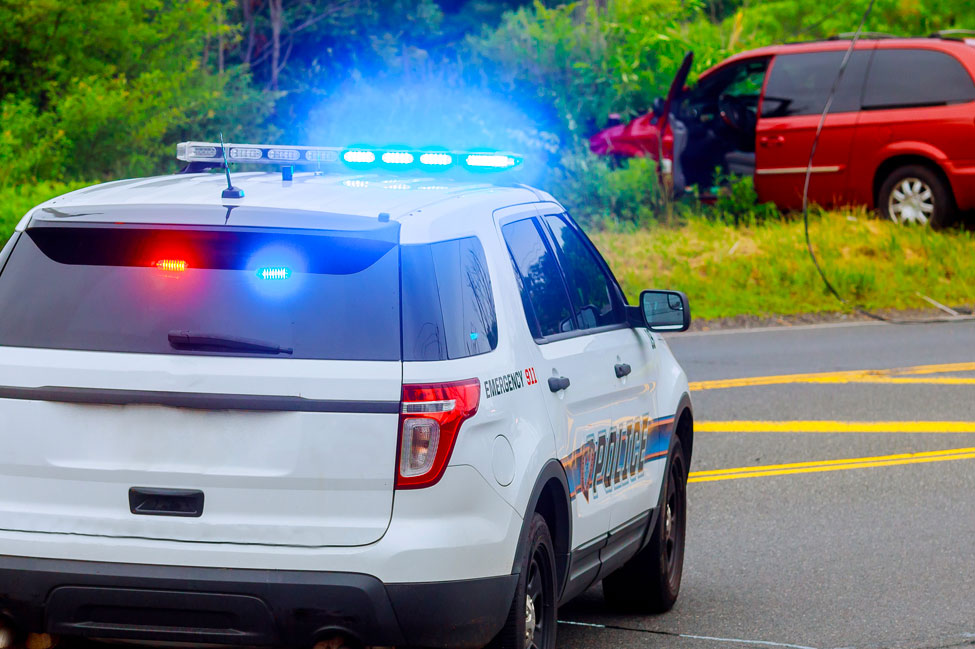
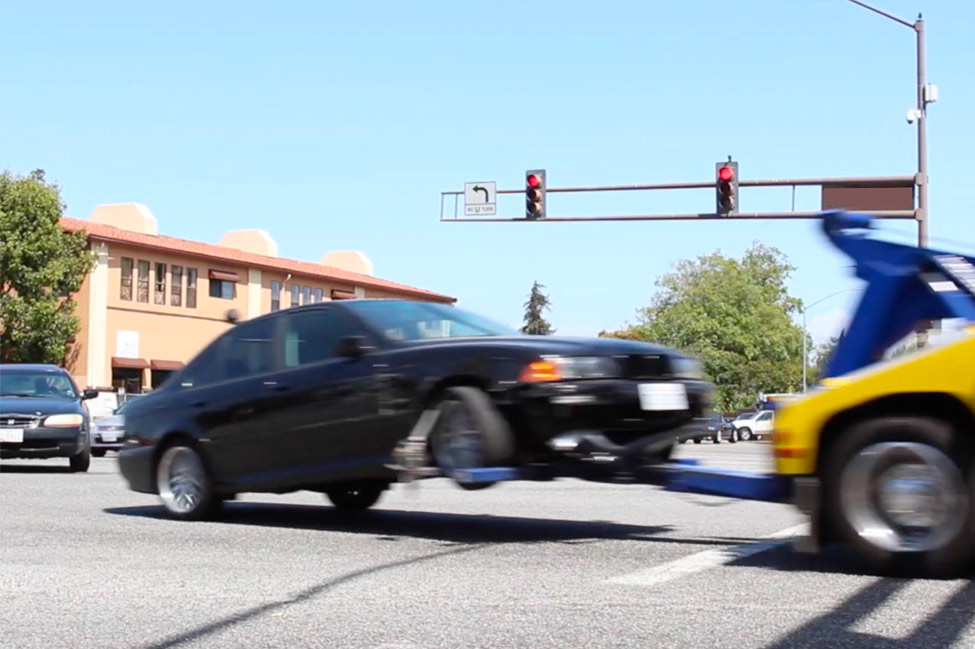
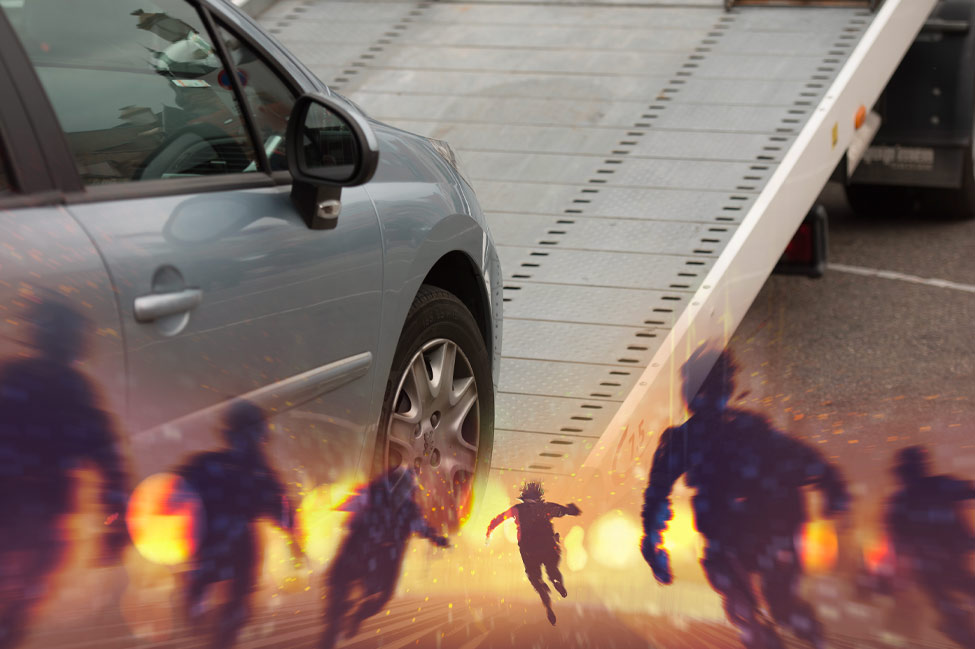
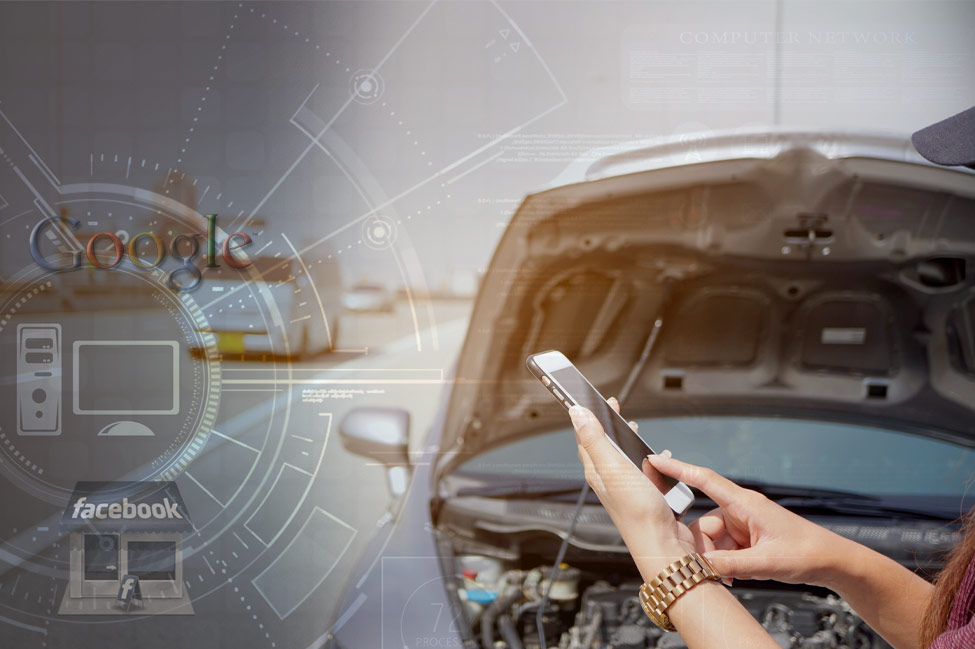
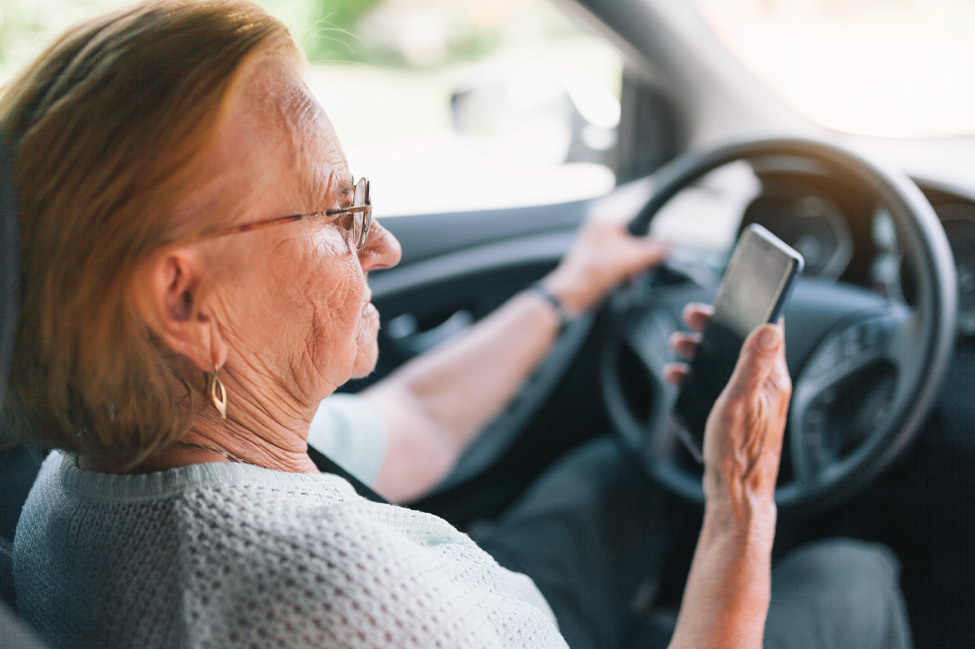
Leave A Comment